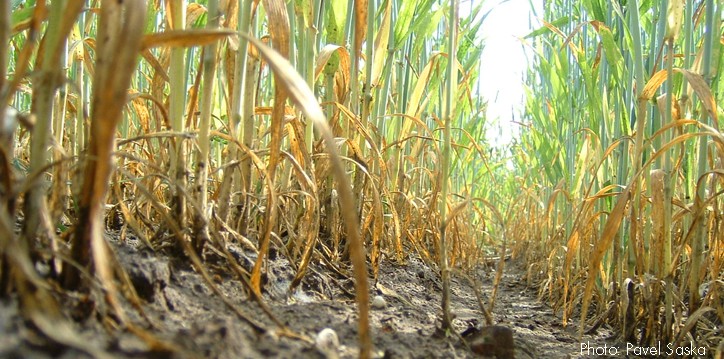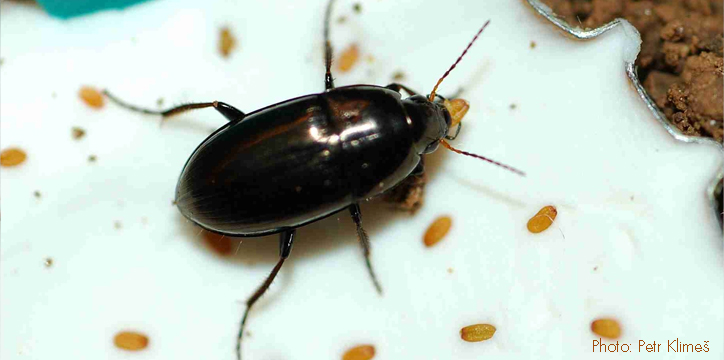Although papers on all aspects of carabidology can be presented during the 16th European Carabidologists meeting, the title of the symposium reflects the variety of interactions that exist between carabid beetles and man. Carabid beetles represent an important component of natural food webs, both preying and being preyed upon. Understanding these food webs and more specifically the role of carabid beetles within these complex interactions is important not only for successful landscape and habitat management, restoration and conservation, but also for augmentation of ecosystem services provided by carabid beetles. These services, such as pest and weed seed predation in agricultural and forest systems, usually remain unnoticed despite their notable economic value.
Humans have largely altered landscape structure and diversity of habitats, which brought many species (and not only of carabid beetles) close to extinction as their populations and preferred habitats become isolated and reduced in size. These species deserve our research attention and protection, including understanding their population dynamics, genetics and dispersal. Due to rather specific responses to varying environment and their enormous diversity, carabid beetles have become an ideal and frequently used group for bioindication, commonly playing a role of the “flag species” in habitat conservation. Methodological issues related to carabid sampling will be discussed too.
These are examples of carabid-man interactions to be addressed during the meeting in Prague, September 2013. Contributions that do not fall within these broad mantinels would also be accepted given that carabid beetles will be the study organisms.




